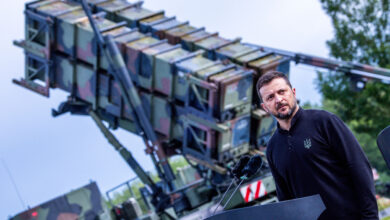Lockheed Martin to Deliver 12 MH-60R Seahawk Helicopters to Australia
The Naval Air Systems Command has awarded Lockheed Martin a $503.7 contract to deliver 12 Sikorsky MH-60R Seahawk helicopters to Australia.
The firm received a green light on the order after the US State Department announced plans for the foreign military sale in October 2021.
The work for the contract will be performed at Lockheed Martin facilities in New York, Connecticut, and Alabama.
The Seahawks are expected to be delivered to Australia by October 2026.
In addition to the anti-submarine/anti-surface vessel aircraft, the Australian government has also requested GAU-61 cannons, M299 Longbow rockets, missile launchers, related spares, mission equipment, training, and support.
The initial estimate for the deal comes to $985 million, according to a press release from the US Defense Security Cooperation Agency (DSCA).
“This proposed sale will improve Australia’s capability to perform anti-surface and anti-submarine warfare missions along with the ability to perform secondary missions including vertical replenishment, search and rescue, and communications relay,” DSCA said.
Australia’s Growing Helo Fleet
The purchase of the Seahawk choppers is part of Australia’s 2020 Force Structure Plan, an initiative to obtain new and advanced capabilities, including vertical aircraft, to conduct larger naval operations.
Once delivered, the choppers will be added to the 23 MH-60Rs Australia currently operates, acquired between 2013 and 2016.
“The expanded MH-60R Seahawk fleet provides strong economic opportunities for Australian industry that will generate more employment, supply chain spending, and partnerships with small to medium enterprises in the Shoalhaven region,” Lockheed Martin Australia Chief Executive Warren McDonald said.
Earlier this month, the US also approved the sale of 40 Sikorsky UH-60M Black Hawk helicopters to Australia to replace its multi-role MRH 90 Taipan helicopter fleet to “maintain the appropriate level of readiness to conduct combined operations.”












